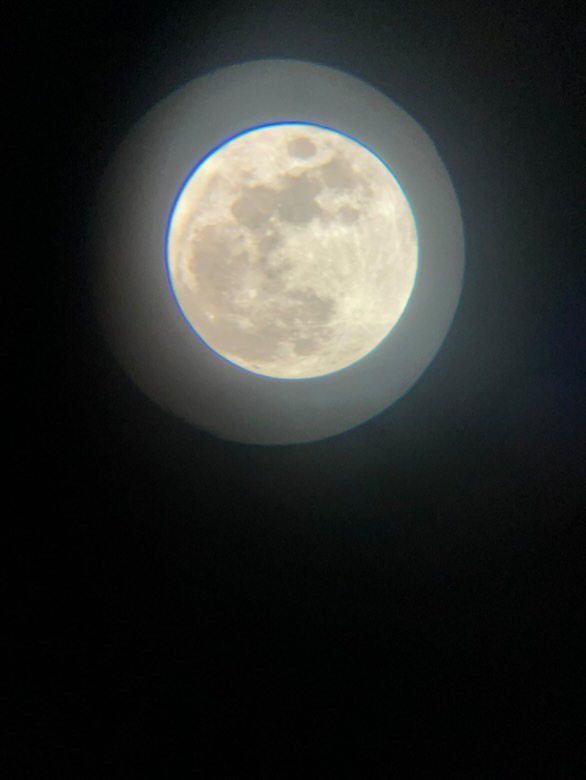What To Know About The Moon
✴︎
Earth has a single moon, which is about a quarter the size of our planet and orbits at an average distance of 238,855 miles.
The Moon completes one full rotation on its axis for every orbit it makes around Earth, which means that both its near side and far side receive equal amounts of sunlight.
✴︎
The Moon is a round, rocky object with a small metallic core that orbits Earth in a slightly off-center path.
The surface is rugged and covered in craters, a result of collisions with asteroids, meteorites, and comets.
✴︎
The Moon is approximately 4.6 billion years old, making it nearly as old as Earth, and it has a diameter of about 2,160 miles.
The Moon’s so-called “dark side” isn’t actually dark at all. It rotates in such a way that the same side always faces Earth, creating the illusion of a hidden side. In reality, both sides of the Moon get plenty of sunlight and are well-lit.
✴︎
The Moon is gradually moving away from Earth, drifting at a pace of approximately 1.5 inches each year. This slow but steady separation is a fascinating aspect of our celestial relationship.
The gravitational influence of the Moon plays a crucial role in shaping the tides on Earth. Its pull creates the rhythmic rise and fall of ocean levels, demonstrating the interconnectedness of celestial bodies and our planet.
✴︎
The Moon experiences its own version of seismic activity known as moonquakes. Similar to Earth, these quakes indicate that the Moon is not entirely geologically inactive.
Humans have set foot on the Moon, thanks to the Apollo missions that took place during the 1960s and 70s. These groundbreaking missions allowed astronauts to not only land on the lunar surface but also explore it firsthand.

